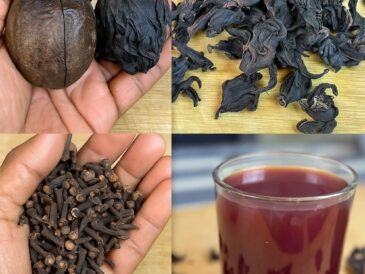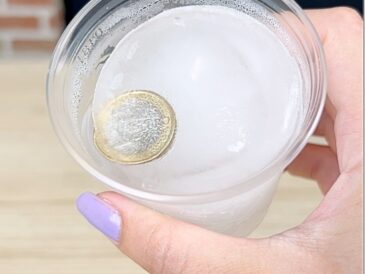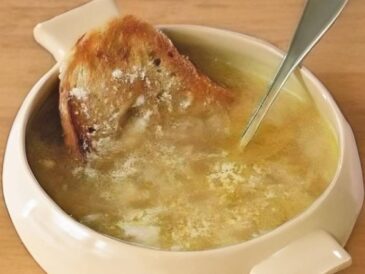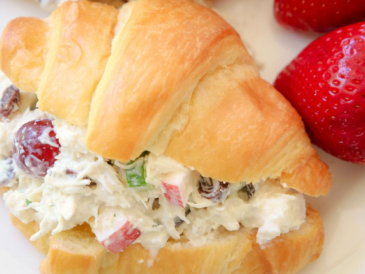Plastic cutting boards are indispensable kitchen tools — affordable, lightweight, and versatile. But after months or years of use, especially with frequent chopping of colorful foods like beets, berries, or meats, they can develop stubborn black stains that are difficult to remove. These dark marks not only affect the aesthetics but also raise concerns about hygiene, as stains may harbor bacteria or food residues.
If you’re struggling with black stains on your plastic cutting board and want to restore it to pristine condition without purchasing a new one, this detailed guide is for you. Here, you’ll find step-by-step instructions, tried-and-true cleaning methods, natural remedies, commercial products, and preventative tips. With patience and the right techniques, your plastic cutting board can look and function like new again.
Why Do Plastic Cutting Boards Get Black Stains?
Understanding the causes of black stains on plastic cutting boards helps you target effective cleaning strategies.
1. Knife Marks and Grooves Accumulate Stains
Plastic cutting boards, although durable, develop surface scratches and grooves over time due to knife use. These grooves trap food particles, juices, and oils, creating a breeding ground for discoloration.
2. Oxidation and Food Pigments
Certain foods have strong pigments (e.g., turmeric, berries, beets, soy sauce) that can deeply penetrate plastic surfaces, causing stains. Over time, these pigments oxidize and darken, leading to persistent discoloration.
3. Mold and Mildew Growth
If boards are not dried properly after washing, moisture can linger in the grooves, encouraging mold or mildew growth — often appearing as black or dark spots.
4. Burn Marks from Knives or Heat
Sometimes black marks can be scorch marks from knives or accidental heat exposure, which are more difficult to remove since they alter the plastic’s surface chemistry.
Common Mistakes That Worsen Stains
Before diving into cleaning solutions, it’s important to avoid common pitfalls:
- Using abrasive steel wool or harsh scrubbing pads can scratch the board more, trapping more stains.
- Bleach overuse can degrade plastic fibers, causing brittleness.
- Putting cutting boards in the dishwasher repeatedly may warp or degrade some types of plastic.
- Ignoring deep grooves where stains hide ensures stains become permanent.
Step-by-Step Methods to Remove Black Stains from Plastic Cutting Boards
Method 1: Baking Soda Paste – A Gentle Yet Powerful Abrasive Cleaner
Baking soda is an effective and natural mild abrasive that helps lift stains without damaging plastic.
Ingredients:
- 3 tablespoons baking soda
- 1 tablespoon water (adjust for consistency)
Instructions:
- Mix baking soda and water to form a thick paste.
- Apply the paste generously over stained areas.
- Let it sit for 10–15 minutes to penetrate stains.
- Scrub the surface using a soft sponge or nylon brush in circular motions, focusing on grooves and black spots.
- Rinse thoroughly with warm water.
- Repeat if necessary for stubborn stains.
Why it works: Baking soda’s alkaline nature neutralizes acids from food stains, while its mild abrasive action scrubs away pigment particles embedded in grooves.
Method 2: Lemon Juice and Salt – Natural Bleaching and Scrubbing Duo
Lemon contains citric acid, a natural bleaching agent, and salt provides abrasive texture.
Ingredients:
- 1 lemon (halved)
- 2 tablespoons coarse salt
Instructions:
- Sprinkle salt directly onto the cutting board’s stained surface.
- Using the cut side of the lemon, scrub the salted areas, squeezing juice as you go.
- Let sit for 10 minutes.
- Rinse with warm water and dry thoroughly.
Extra tip: For persistent stains, apply lemon juice alone and leave the board out in sunlight for 1–2 hours. Sunlight enhances natural bleaching.
Method 3: Hydrogen Peroxide – Effective for Deep Disinfection and Stain Removal
Hydrogen peroxide is a mild bleaching agent and disinfectant.
Ingredients:
- 3% hydrogen peroxide solution (available at pharmacies)
- Spray bottle or clean cloth
Instructions:
Click page 2 for more




